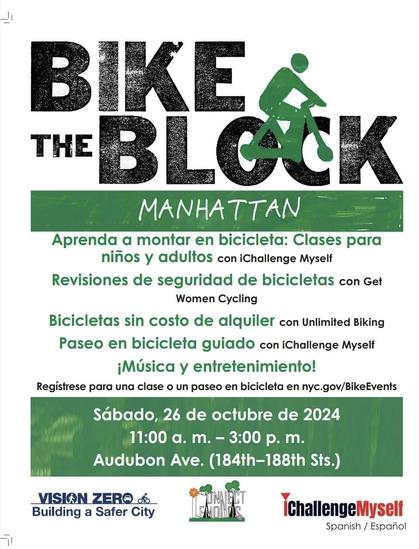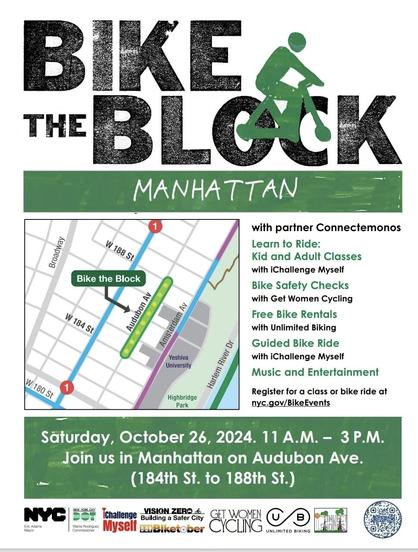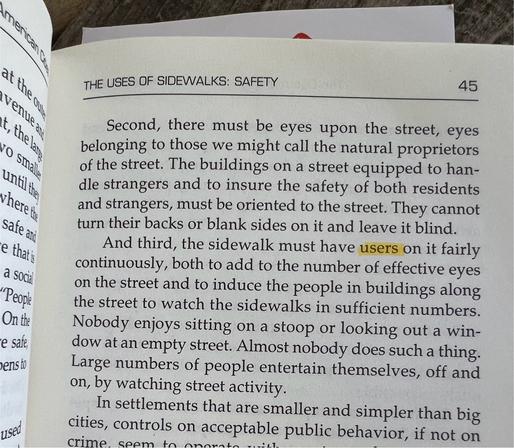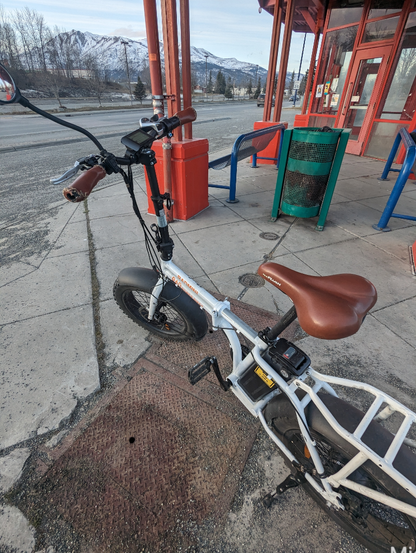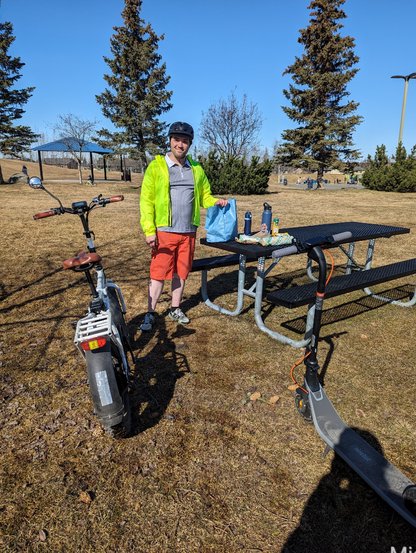With urbanists.social shutting down soon where are people going to? (This would be the second urbanist instance to shut down). #Mastodon #urbanists #urbanism
#URBANISTS
Urbanists.video is a PeerTube server for people interested in urbanism, walkable cities, public transport and related topics:
:Fediverse: https://urbanists.video
If you want to publish videos on these topics, this server is taking sign-ups that let you upload videos.
You can find out more at https://urbanists.video/about/instance or contact the admins @alex and @mattcaff
#FeaturedServer #Urbanism #Urbanists #PublicTransport #WalkableCities #Pedestrians #Cyclists #PeerTube #Fediverse #FreeFediverse
Overall Title:
* "URBAN RAILWAYS": This clearly defines the topic as railway systems within a city or urban environment.
* "WHICH IS MORE EFFICIENT???": This is the central question the image aims to explore, prompting viewers to consider the efficiency of different railway designs.
Author:
* "@07SKETCHES": Likely the creator of the image, suggesting an online source, possibly related to urban planning, design, or transportation.
Railway Configurations (1, 2, 3, 4):
The image illustrates four distinct ways urban railways can be integrated into a city, presented in cross-section views. Let's examine each one:
1. At-Grade (Level 1)
* Visual: The railway tracks are at ground level. Roads and sidewalks would cross at the same level, likely requiring level crossings or traffic signals. The image shows trees and streetlights along the side, suggesting integration into a streetscape.
* Potential Efficiencies:
* Pros:
* Lower Construction Cost: Generally the cheapest option as it requires minimal excavation or elevated structures.
* Easier Access: Stations are easily accessible from street level.
* Simpler Integration: Can be more easily integrated into existing street grids.
* Cons:
* Space Consumption: Requires dedicated land at ground level, which can be valuable in dense urban areas.
* Traffic Congestion: Can cause traffic disruption and congestion at level crossings, impacting road traffic flow.
* Safety Concerns: Level crossings pose safety risks for pedestrians and vehicles.
* Noise Pollution: Train noise is directly at street level, potentially affecting nearby residents and businesses.
2. Elevated (Level 2)
* Visual: The railway tracks are elevated above ground on a viaduct or elevated structure. Roads and pedestrian traffic can pass underneath.
* Potential Efficiencies:
* Pros:
* Reduces Ground-Level Congestion: Separates rail traffic from road traffic, minimizing congestion and delays at ground level.
* Improved Safety: Eliminates level crossings, enhancing safety for both rail and road users.
* Space Efficiency (Ground Level): Frees up ground space for other uses like roads, parking, or pedestrian areas.
* Cons:
* Higher Construction Cost: Elevated structures are more expensive to build and maintain than at-grade tracks.
* Visual Impact: Can be visually intrusive and create a barrier effect, impacting the urban landscape and potentially reducing property values nearby.
* Noise and Vibration: Elevated structures can transmit noise and vibration to surrounding buildings.
* Accessibility (Stations): Requires stairs, elevators, or escalators to access elevated stations, which can be less convenient for some users.
3. Cut-and-Cover/Trench (Level 3)
* Visual: The railway tracks are in a trench or cutting below ground level, but still open to the sky. Bridges or road overpasses would be needed for street crossings.
* Potential Efficiencies:
* Pros:
* Reduces Ground-Level Congestion: Separates rail traffic from road traffic, similar to elevated rail.
* Lower Visual Impact: Less visually intrusive than elevated rail, as the tracks are partially hidden below ground.
* Noise Reduction (Slight): The trench can offer some degree of noise dampening compared to at-grade rail.
* Cons:
* Moderate Construction Cost: More expensive than at-grade but generally less than fully underground tunnels. Requires excavation and retaining walls.
* Construction Disruption: Significant disruption during construction due to excavation.
* Drainage Issues: Requires drainage systems to manage rainwater and groundwater in the trench.
* Accessibility (Stations): Stations are typically below street level, requiring stairs or elevators.
4. Underground/Tunnel (Level 4)
* Visual: The railway tracks are completely underground in a tunnel. The surface level above is undisturbed and can be used for roads, buildings, parks, etc.
* Potential Efficiencies:
* Pros:
* Maximum Space Efficiency (Ground Level): Ground level space is completely freed up for other uses, maximizing land utilization in dense urban areas.
* Minimal Disruption to Surface Traffic: No interference with road traffic or pedestrian movement.
* Noise and Vibration Reduction: Tunnels significantly reduce noise and vibration pollution at street level.
* Aesthetic Integration: Preserves the visual character of the city at ground level.
* Cons:
* Highest Construction Cost: Tunneling is the most expensive and complex railway construction method.
* Complex Engineering: Requires advanced engineering and specialized equipment for tunneling, ventilation, and safety systems.
* Accessibility (Stations): Stations are deep underground, requiring elevators, escalators, and longer access times.
* Emergency Egress: More complex emergency evacuation procedures are needed in tunnels.
Which is More Efficient?
The image intentionally leaves the question of "which is more efficient?" open-ended because efficiency is not a simple, single metric. The "most efficient" option depends heavily on the specific urban context and priorities:
* Cost Efficiency: At-grade is generally the most cost-efficient in terms of initial construction.
* Space Efficiency: Underground is the most space-efficient in terms of ground-level land use.
* Traffic Efficiency: Elevated and underground options are more efficient at separating rail and road traffic.
* Environmental Efficiency: Consider noise pollution, visual impact, and disruption during construction.
* Social Efficiency: Consider accessibility for all users, safety, and integration with the urban fabric.
Overall Message:
The image effectively illustrates that there is no single "most efficient" urban railway solution. The optimal choice depends on balancing various factors and prioritizing different aspects of efficiency based on the specific needs and constraints of a city. Urban planners must weigh the trade-offs between cost, space, environmental impact, and social considerations when deciding on the best railway configuration for a given urban environment.
(https://www.facebook.com/share/p/1XYxWCQsnA/)
#Urbanists #Urbanplanner #publictransport
It was so cool to meet up with a group of #urbanists in #Minneapolis this morning. Thanks for all the insights on transit in the Twin Cities. And thanks @ianrbuck for organizing!
(1/?) I watch a number of "urbanist" channels on YouTube because I find the subjects of better cities, energy efficiency, and better transit to be interesting and important to our collective future. But while I find a lot to agree with, sometimes I find the presenters and their ideas -- challenging. And today I watched a video by Ray Delahanty, who I've been watching for a long time, and it cheesed me off quite a bit.... (thread)
#urbanists #urbandesign #transit #density #cityPlanning #rural #
We’ve finally made it all the way out here to Mastodon. Hello, #urbanists !
... in town and city centers where they can access employment, entertainment, education, shopping, transit, care, and services. #urbanism #architecture
There is definitely a place in our society for #microapartments, but we should also be very wary of allowing these on a widespread basis.
We also need to think very differently about storage facilities. #StorageUnits are a blessing for #urbanists.
My friend Rosa Yolanda Pineda has organized an event to get more folks CYCLING in Uptown Manhattan on an Open Street.
If you have never ridden a #bike before— and #nyc is an admittedly challenging place to learn- come uptown and have fun with friends in a car-free #NYCbike #bikeNYC zone. Its an #urbanists delight.
NYC did its first in a series of reimagine the Cross Bronx talks last night.
My impression- under impressed.
#EnvironmentalJustice https://www.threads.net/@atthenius/post/DBgdzBxRjxz
Hello fellow Mastodon #urbanists the statewide #land-use and #transportation advocacy group 1000 Friends of Wisconsin is hiring a new Executive Director. Come lead a group changing how the whole state lives and moves through policy and education. #housing #zoning #urbanism #transit #policy
(declaration of interests: I am on the board, but not the hiring committee)
I’ve *finally* gotten around to reading The Death and Life of Great American Cities, by Jane Jacobs. And what has surprised me is how often she refers to “users”. I guess I somehow thought that was a more recent term of art associated with UX.
Is it fair to say that most online urbanists are the linux bros of cities and about as annoying?
Join us tomorrow morning for a Social Bike Ride along the Deer Creek Greenway! The route is about 45 minutes of riding and roughly 8 miles. Riders of all abilities are welcome.
Details: 10am Sunday, August 4 (tomorrow!) at the Shrewsbury-Lansdowne Metro stop
RSVP on meetup: https://www.meetup.com/stlurbanists/events/301565131/
“All politics in S.F. is land use”: If you try to use conventional political categories to understand S.F. politics, you’ll notice something strange. The most progressive and most conservative candidates for mayor sound like NIMBYs who want to stop housing and allow cars everywhere. It’s the candidates in the middle, including Mayor Breed, who are the #urbanists. https://www.sfchronicle.com/opinion/article/sf-mayor-peskin-farrell-19514903.php
👏🏻STOP TRYING👏🏻TO👏🏻REPLACE👏🏻CARS👏🏻WITH👏🏻CARS!
https://www.theguardian.com/business/article/2024/jun/01/yes-lego-car-why-small-electric-cars-could-be-about-to-break-the-grip-of-suvs?CMP=Share_AndroidApp_Other
#urbanism #urbanists
Hello All #YIMBY #NIMBY #URBANISTS out there
My latest post is all about #GIMBYism I would love any feedback you have on my GIMBY proposition!?!?
https://owgf.org/2024/05/09/gimbyism-greenery-in-my-back-yard-please/
I'm not dead!
Successful first bike rack and roll to my new work today. (Even if my bike fell out of the rack halfway through 😬). And also a fun bike/scooter picnic at the park with @RhiVuorille
My "don't kill me" pin on turned some heads but if it works who cares 😅
#urbanists #BikeTooter #alaska #scooterTooter #publictransport
"Noticing who isn't in the room is the first step. Next you can ask, What would it take to change this?" --Anna Zivarts, author of When Driving Is Not an Option: Steering Away from Car Dependency.
https://islandpress.org/books/when-driving-not-option#desc
#transportation #planning #UrbanPlanning #Urbanists #PublicPolicy #PublicHealth #PoliSci #sociology #disability #accessibility #MoveEquity #MobilityJustice #EBikes #transit #micromobility #BikeTooter #inclusion #equity #CarCulture #nondrivers #WeekWithoutDriving
Dear fellow #urbanists. Yes, we need more+better public #transit and #intercity #rail. Yes, we need more #bicycle #infrastructure. Yes, we need to actively, strongly disincentivize #CarCulture and #CarDependency.
But we're *never* going to gain political traction for #urbanism or buy-in from the electorate unless we first and also advocate for and implement public #policies that make #relocation to #urban communities cheaper, safer, more comfortable, more convenient, and more equitable for all.

